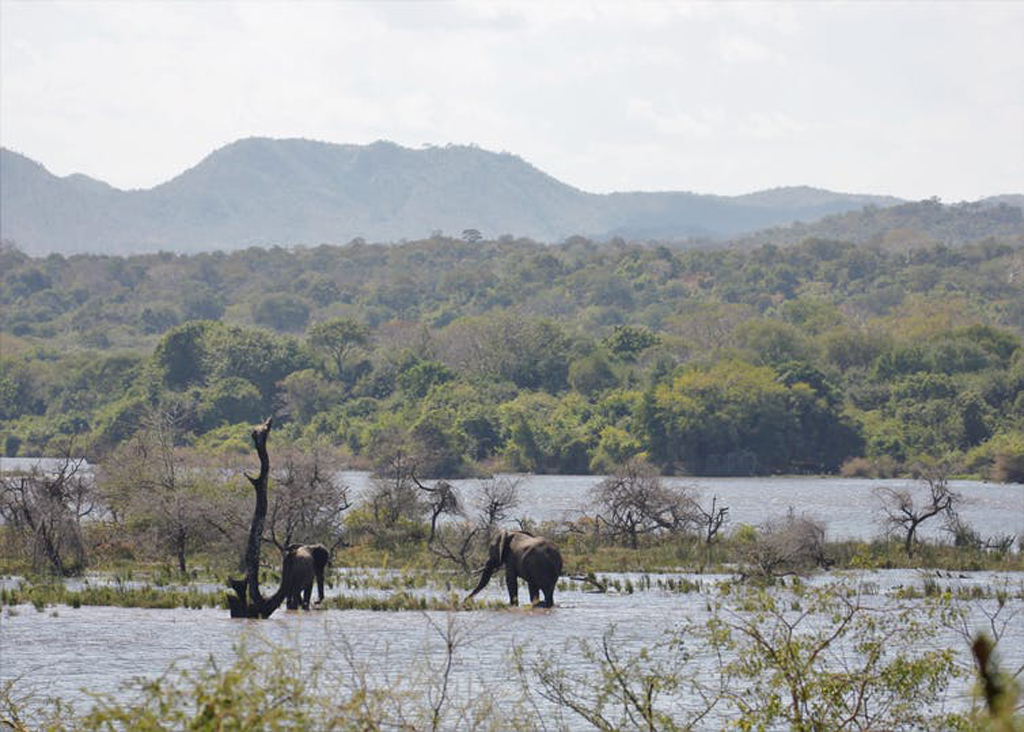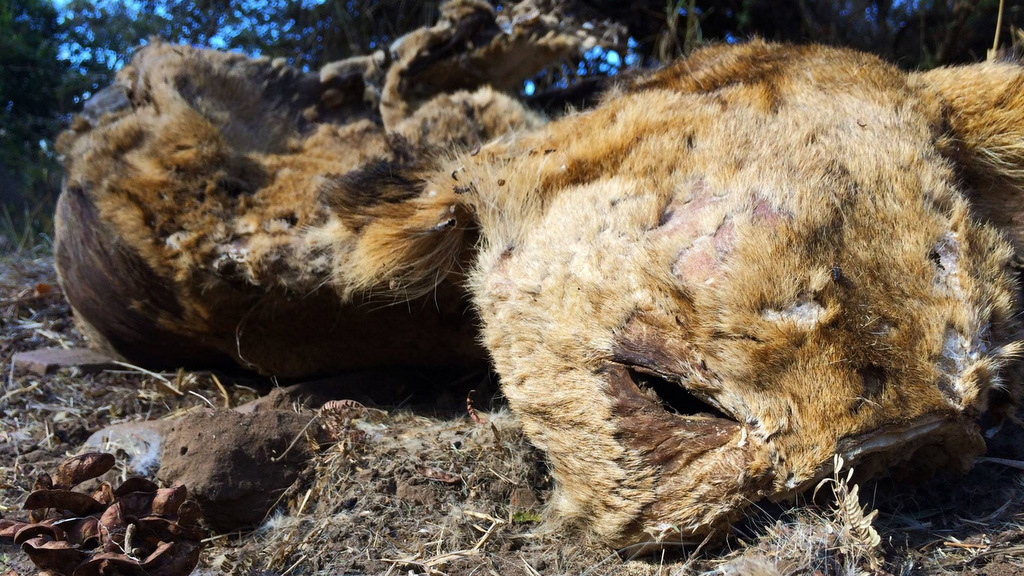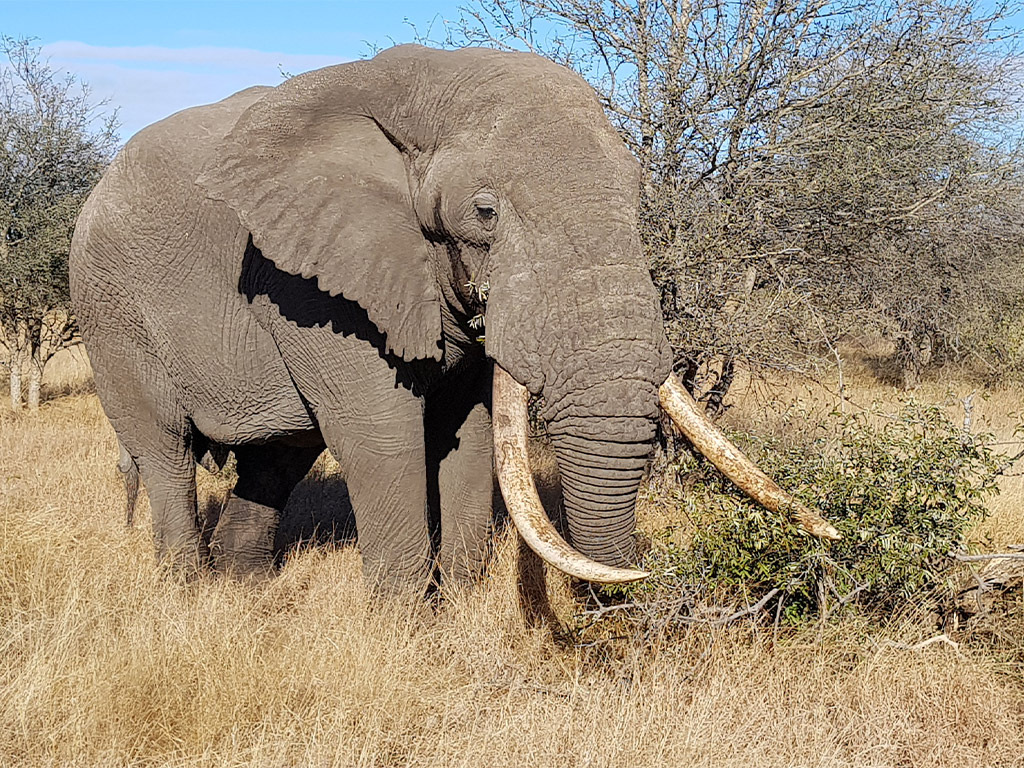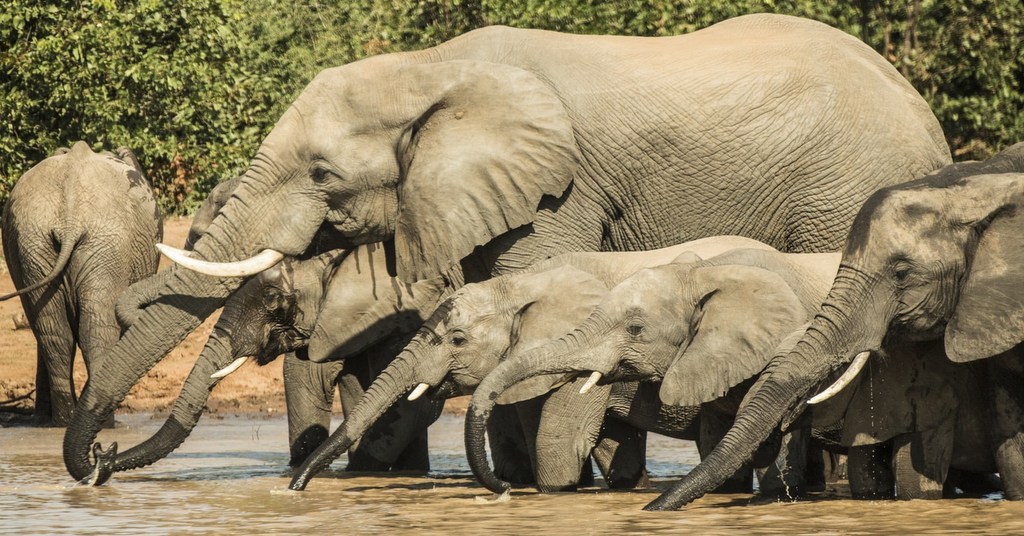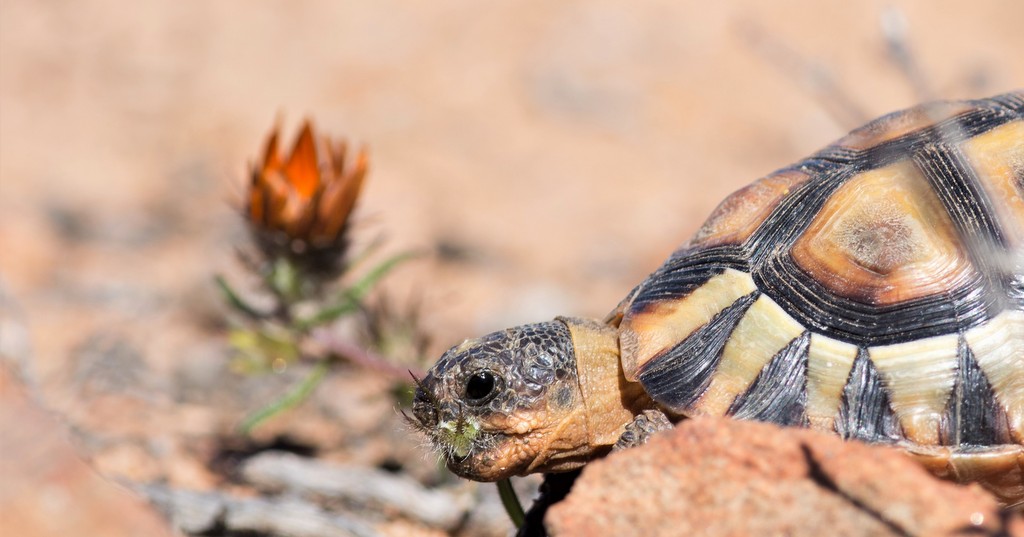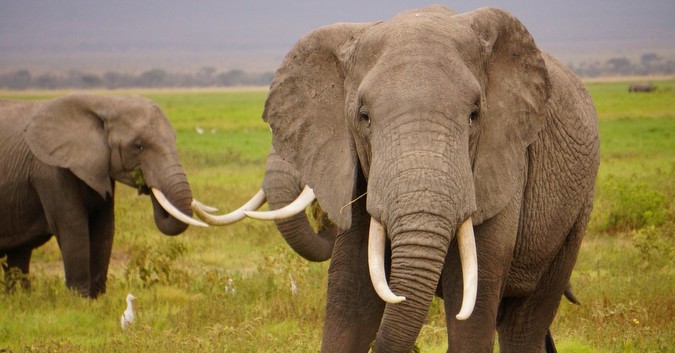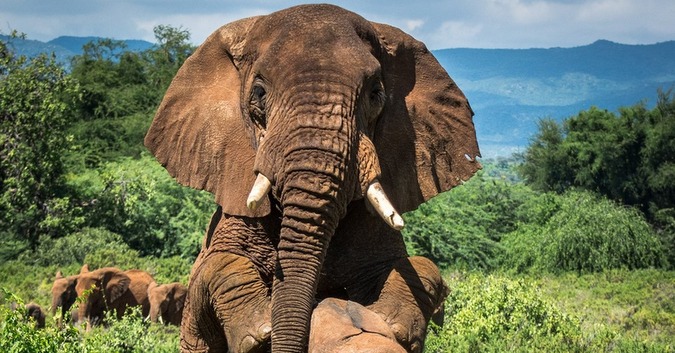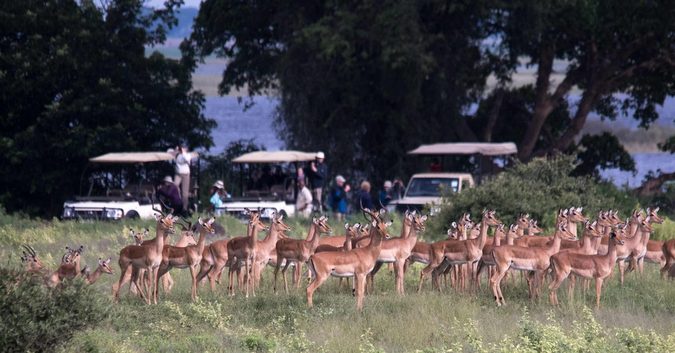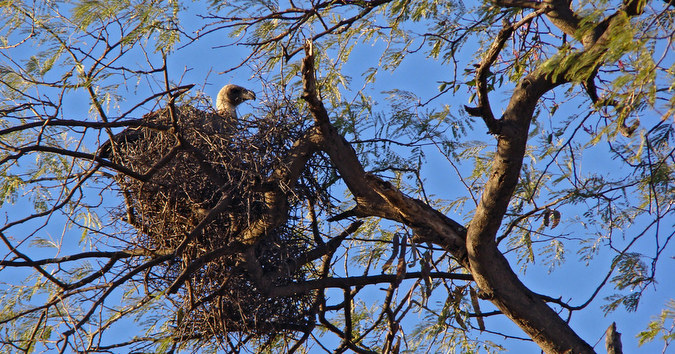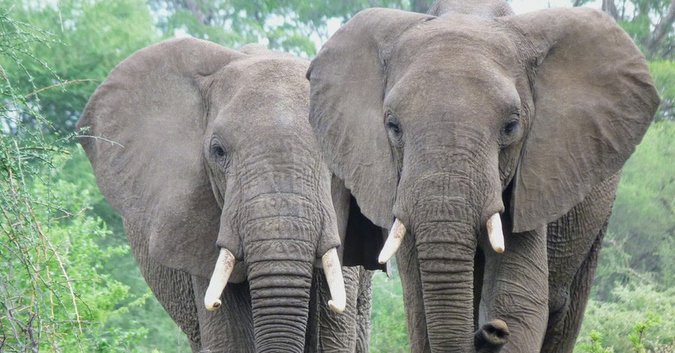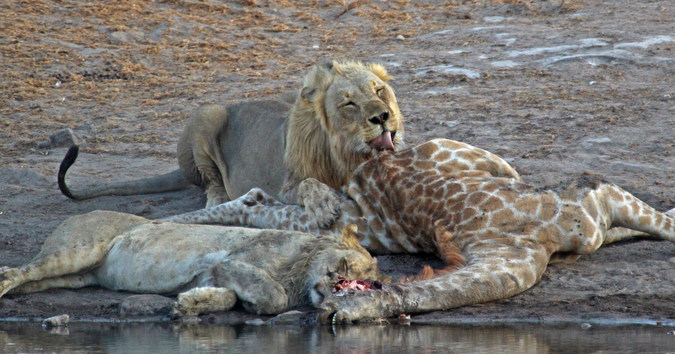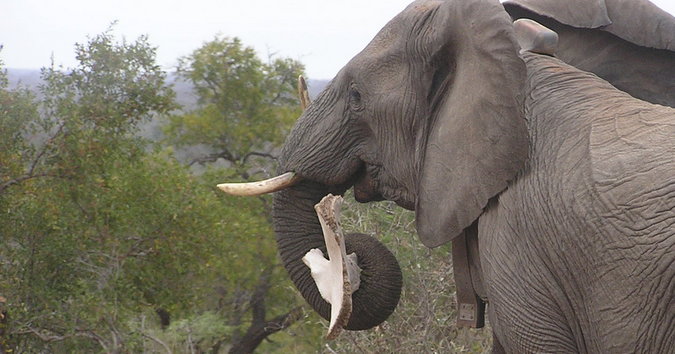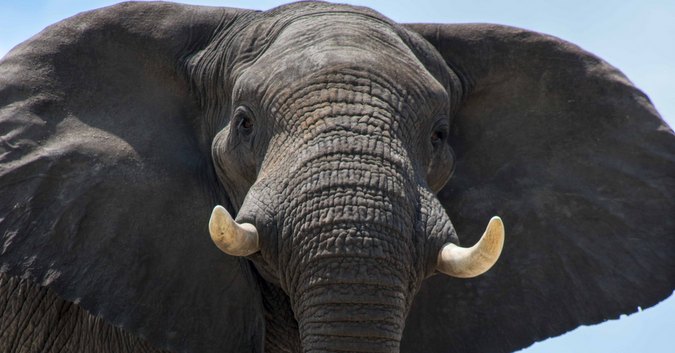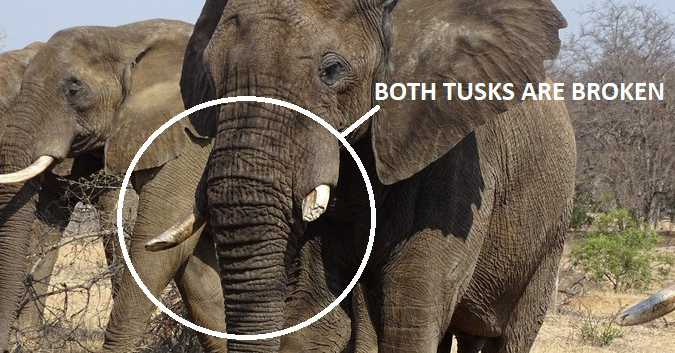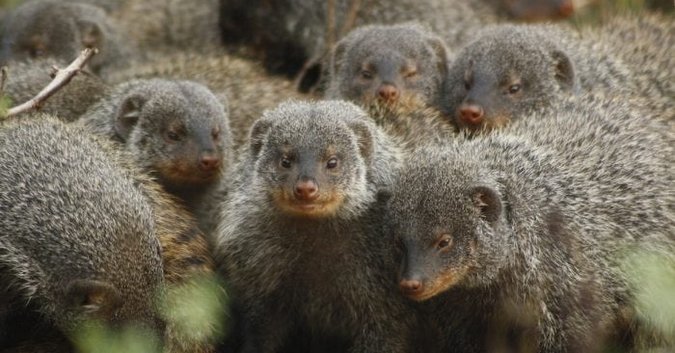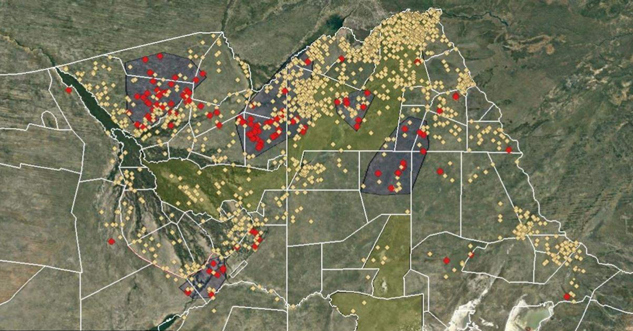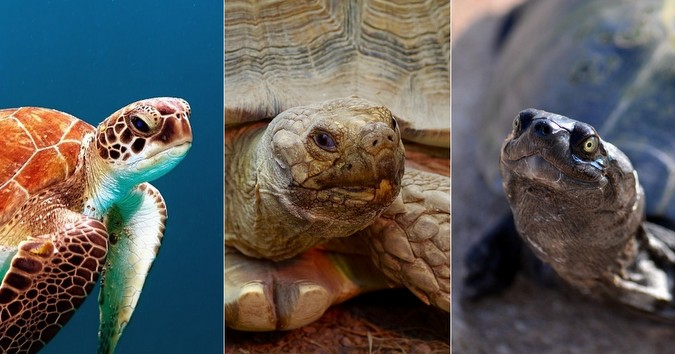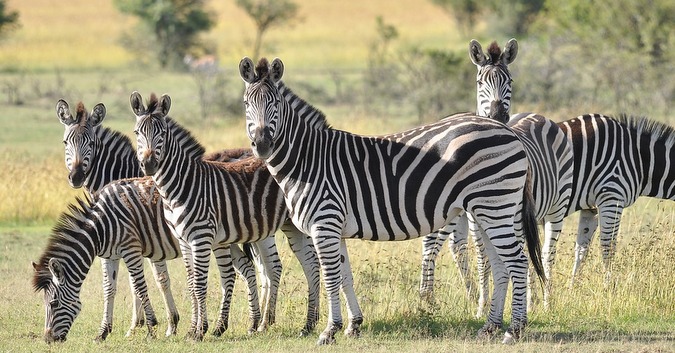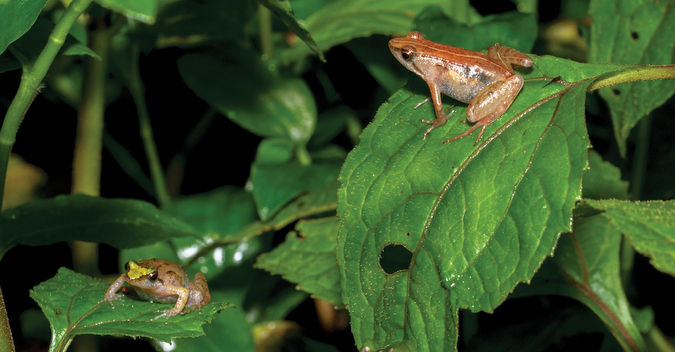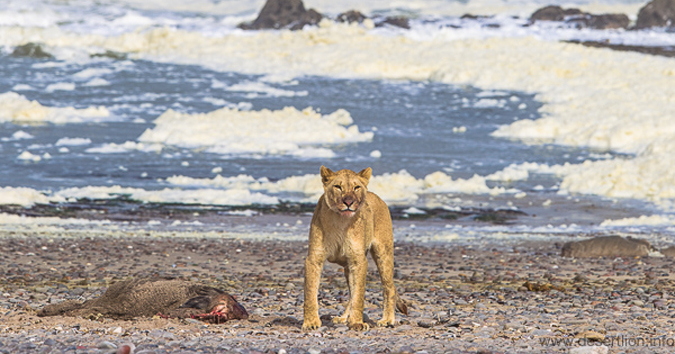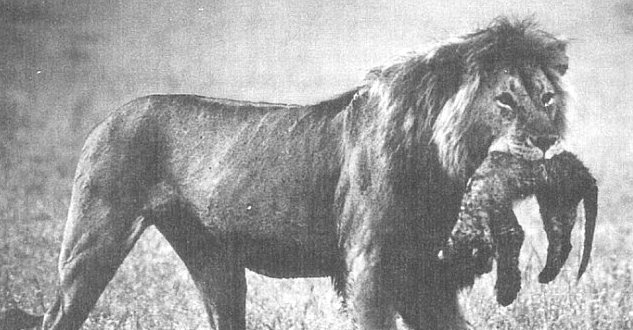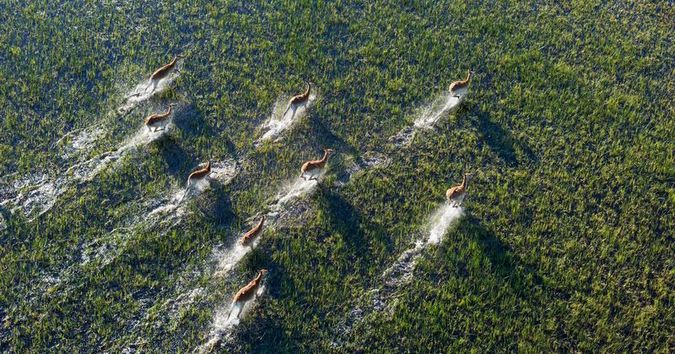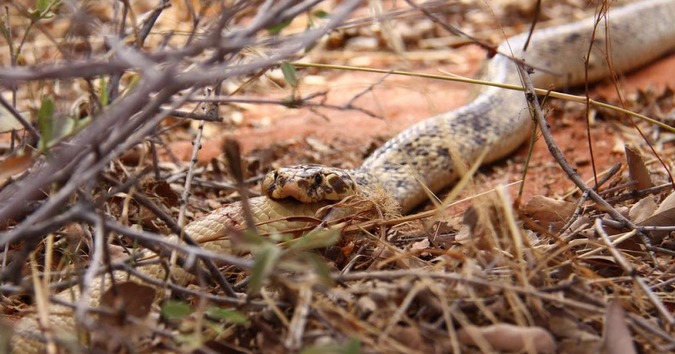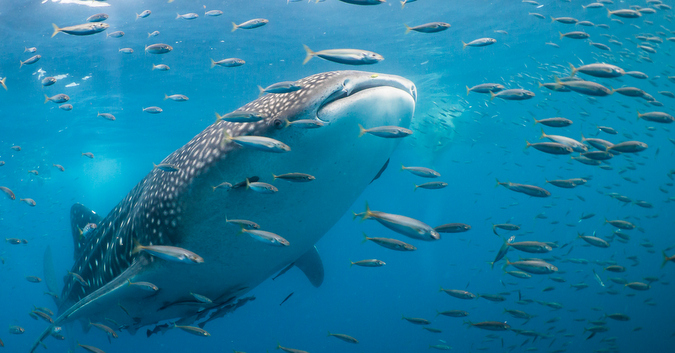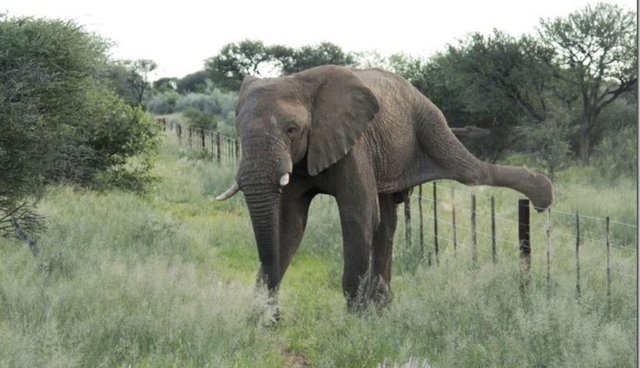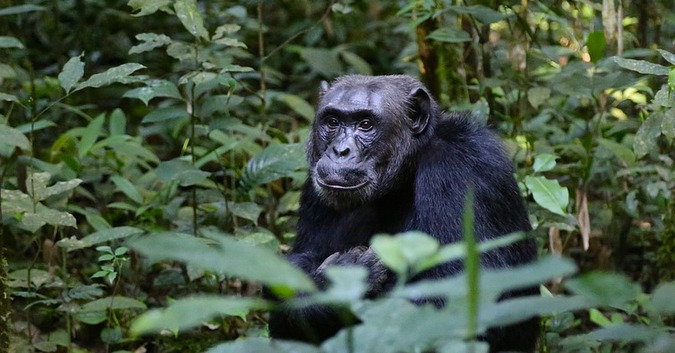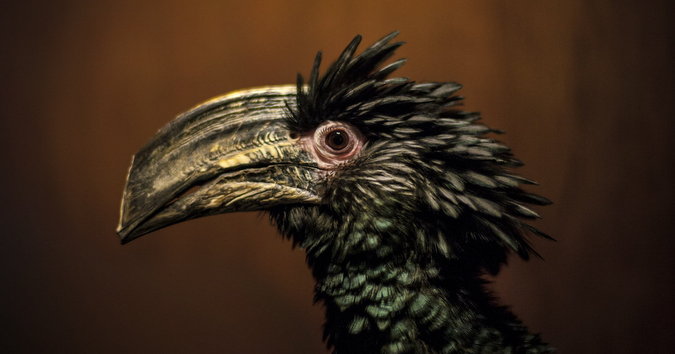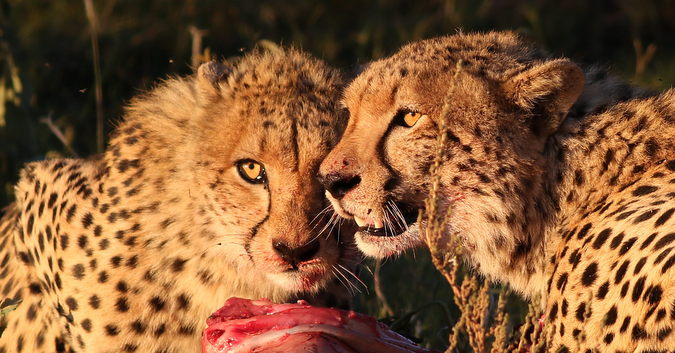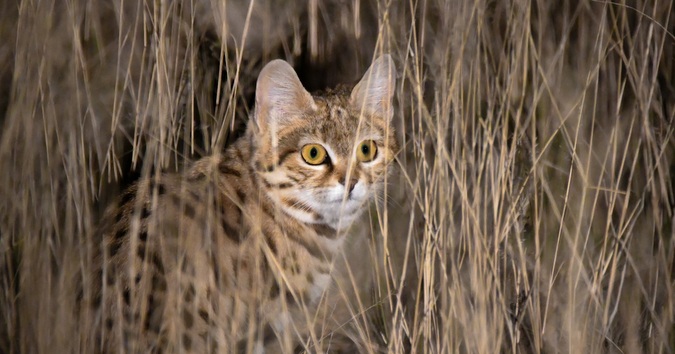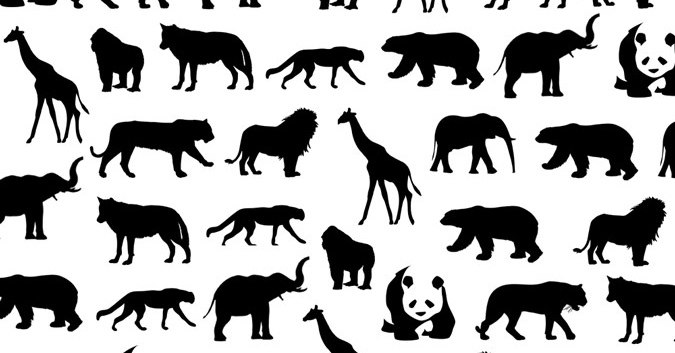CITES was established to regulate the international trade of animals & plants, to avoid the over-exploitation of endangered species
Tag Archives: decoding science
Who is who? Elephant identification tips and tricks
This is how researchers in Greater Kruger identify individual elephants.
Killifish – suspended animation & shortest lifespan of any animal with a backbone
The killifish is a survivor that scientists are desperate to learn from. Using suspended animation to survive being entombed in dry mud, combined with the shortest lifespan of any animal with a backbone, killifish could unlock secrets to human ageing.
Conservation needs diversified approaches – opinion
Scientists suggest alternative land-use models to trophy hunting – models that are more inclusive of local people.
Lion poaching: Escalating demand for claws and teeth
The escalating demand for lion teeth and claws in Asian markets is driving the increased poaching of wild lions, says report.
African grey parrots: How social media is facilitating both illegal trade and the fight against it
A recent study examines how social media marketplaces facilitate trafficking of endangered African grey parrots.
Elephants and trees
Does removing elephants save trees? This fascinating report delves into this important conservation issue.
Zimbabwe elephants: Report identifies existing conservation problems, calls for community involvement
Zimbabwe elephants: Report fingers ZimParks for incompetence and international NGOs for hoodwinking donors, concludes that surrounding communities have to be involved in conservation as beneficiaries.
Lions in Zambia are roaming across areas thought uninhabitable for them
Research: Lions are sneaking virtually undetected through dense human zones in Zambia, thereby ensuring genetic diversity throughout the entire Zambian lion population.
New report reveals the value of lions and their landscapes
The New Lion Economy is the first project of its kind to make the link between ecosystem services, economic development, cultural significance and the survival of lions.
Daisies that close at night have camouflaged petals to protect them from herbivores
A recent study has revealed a novel way in which flowers can avoid being eaten by herbivores.
Elephant ivory trafficking possibly controlled by only 3 major cartels, says research
Major implications for ivory trafficking as research reveals that only three cartels control most illegal trade, according to research.
Bull elephants mate more as they get older – research
Older male elephants are more determined to track down and mate with females than young elephants, says research.
Africa could skyrocket tourism investment & earnings – working paper
New report illustrates how African countries can attract tourism investment and significantly increase revenue and socio-economic benefits.
Do elephants affect vulture nesting success? Ongoing research
Researchers highlight the complex relationship between elephant impact and vulture nest survival in the Greater Kruger National Park.
Study: Elephant poaching rates in decline, but iconic species remains under threat
Latest study reveals elephant poaching rates in Africa have started to decline, but levels of poverty, corruption and ivory demand still threaten the iconic species.
Large-tusked elephants are in decline, need to be protected from trophy hunting and poaching, says researcher
The need to protect large-tusked and potentially large-tusked elephants from poaching and excessive selective hunting pressure is more apparent than ever as the progressive decrease in average tusk size over the past three decades is potentially leading to over exploitation of older bulls.
Lion populations show significant loss of genetic diversity, say researchers
Lion populations in southern Africa are weakening genetically, and less able to recover from current and future pressures, say researchers.
Elephants are sentient and conservation strategy should adapt, says researcher
We struggle as humans to understand our own actions. How can we begin to understand and provide possible interpretations for the actions of other species such as elephants?
Bull elephants – their importance as individuals in elephant societies
It has long been recognised that older female elephants are pivotal to elephant ecology and herd survival, but what of older males?
Why identifying individual elephants is important, and the pivotal roles matriarchs and older bulls play
Understanding the importance of identifying elephants and the pivotal roles matriarchs and older bulls play.
Complex communication: Heaviside’s dolphins produce unusual sounds to communicate
Heaviside’s dolphins are shown to produce unusual sounds to communicate and appear to ‘take turns’ calling in larger groups.
Should Africa’s protected areas be reconfigured? – IUCN report
IUCN report asks if Africa’s protected areas need to be reconfigured in light of current conservation realities.
Trophy hunting in Africa is in decline, and no longer pays its way
Trophy hunting in Africa is in decline, and no longer pays its way, leading to poaching and habitat loss in hunting areas – according to IUCN report
‘Silver spoon effect’ provides lifelong benefits for banded mongooses – study
The benefits of the ‘silver spoon effect’ in banded mongoose pups extend across their lifetime, a new study has shown.
Botswana 2018 aerial survey – of elephants, baobabs and cattle
Botswana elephant survey now made public. You’ve seen all the political posturing from all sides, now read the actual report and make up your own mind.
What’s the difference between turtles, tortoises and terrapins?
Turtles, tortoises and terrapins are reptiles characterised by a cartilaginous shell – though often the terms used to describe these species can get a bit confusing, depending on the type of English used.
Research reveals why zebras got their stripes
Why do zebras have stripes? A study takes a step closer to answering this puzzling question and to understanding how stripes actually work.
Researchers discover tiny new frog species in Ethiopia
A new species of puddle frog has just been discovered by researchers on the unexplored and isolated Bibita Mountain in southwestern Ethiopia.
Servals thrive at huge petrochemical plant in South Africa
Researchers have found that a petrochemical plant supports a serval population density far greater than any other site on record across the entire range of the species.
Beach lions again hunting seals and coastal birds in Namibia, after 35 years
Research has revealed that the desert-adapted lions eking out a living on the harsh northwest coast of Namibia’s Skeleton Coast National Park (SCNP) are again specialising in hunting seals and coastal birds such as flamingos and cormorants, after an absence of 35 years.
African, Asian & forest elephants – what’s the difference?
Did you know that there are three species of elephants? We take a look at the differences between the African, Asian and forest elephant.
Understanding lion infanticide
Lion infanticide: A look into why lions sometimes kill the offspring of their own species.
To end wildlife trafficking, engage with local communities – study
The international donor community and governments have invested heavily in fighting illegal wildlife trade, but so far, they haven’t succeeded in ending rhino poaching. New research from UCT shows that for these initiatives to succeed, local communities – many of which live in or near protected areas – need to be involved.
Scientists warn that the world’s wilderness areas are disappearing
Scientists reveal that just 23% of the world’s landmass can now be considered wilderness, with the rest lost to the direct effects of human activities.
Video: How cracks in an elephant’s skin keep it cool
An in-depth study of the African elephant’s wrinkly skin has revealed how its intricate design helps to keep the animal cool, protect them from parasites and prevent dehydration in their dry habitat.
Cannibal cobras
While Cape cobras are known to eat other snake species – up to a third of their diet – recorded instances of Cape cobras eating individuals of the same species has been extremely rare… until now, when researchers investigated and discovered how common and widespread cannibalism in cobras really is.
Oral vaccination protects Ethiopian wolves – Africa’s most endangered carnivore
Over the past month, a team from the Ethiopian Wolf Conservation Programme (EWCP) implemented the first oral vaccination campaign to pre-empt outbreaks of rabies among Ethiopian wolves, the world’s most endangered canid, in their stronghold in the Bale Mountains of southern Ethiopia.
Researchers use “biological passport” to monitor whale sharks – Earth’s largest fish
A new study has revealed endangered whale sharks inhabit smaller geographical scales than previously documented, which suggests they may be at increased risk of local extinction if good conservation management is not in place.
Elephants migrate despite boundaries and borders
A new study from the Conservation Ecology Research Unit (CERU) at the University of Pretoria (UP) set out to unravel migration in the world’s largest terrestrial mammal: the savanna elephant.
Video: Processionary caterpillars
Processionary caterpillars are recognised by their behaviour of following each other head to tail in long, single file trails.
Gorillas, chimps and lemurs among species in danger of imminent mass extinction
The majority of primate species, including chimpanzees, gorillas and lemurs, are on the brink of extinction, and scientists fear that without a concerted global effort they will soon be gone for good.
Mysterious deaths of ancient baobabs leave scientists baffled
A new survey of baobab trees across several countries in southern Africa found that most of the oldest and largest of trees have died or significantly deteriorated in the last 12 years.
The black & white of African wildlife explained
Every now and then nature experiments by producing a black or white mutation of an animal or bird that is otherwise normally coloured. There is something magical about seeing a white lion, black leopard or ‘king’ cheetah in the wild, as if it were a spiritual shadow of the species, a form of higher being.
Forest hornbills being decimated in Ghana
Six out of eight Ghanaian forest hornbill species have shown significant population declines due to uncontrolled hunting, according to a long-term research project.
How cheetahs modify prey handling behaviour to outsmart lions and hyenas
Cheetahs in the Serengeti National Park change their behaviour when handling large kills based on the threats presented by lions and hyenas, according to researchers.
Terminally ill Vietnamese find comfort in rhino horn
A recent study has revealed that the reasons why the Vietnamese buy illegal rhino horn is not only for medical and health-related reasons, but also as a form of comfort to those that are terminally ill.
9 Fascinating facts about black-footed cats
Here are 9 facts about the smallest species of wild cat in Africa, the black-footed cat – also known as the small-spotted cat.
Should businesses pay to use animals in their logos and marketing efforts?
Many charismatic species such as elephants, lions, tigers and pandas face the threat of extinction, despite being held up as the poster characters for conservation.
Impalas cry wolf, so say zebras!
It turns out that impalas are the drama queens of the African bushveld, and other species know it, and don’t take their predator alarm calls too seriously.




